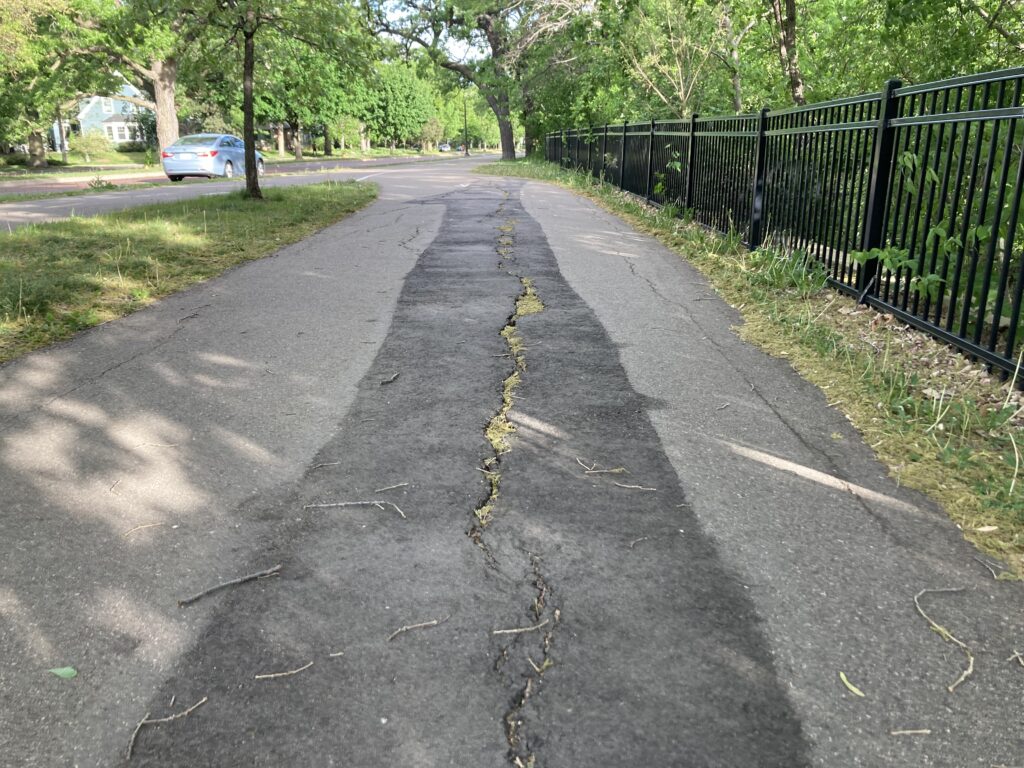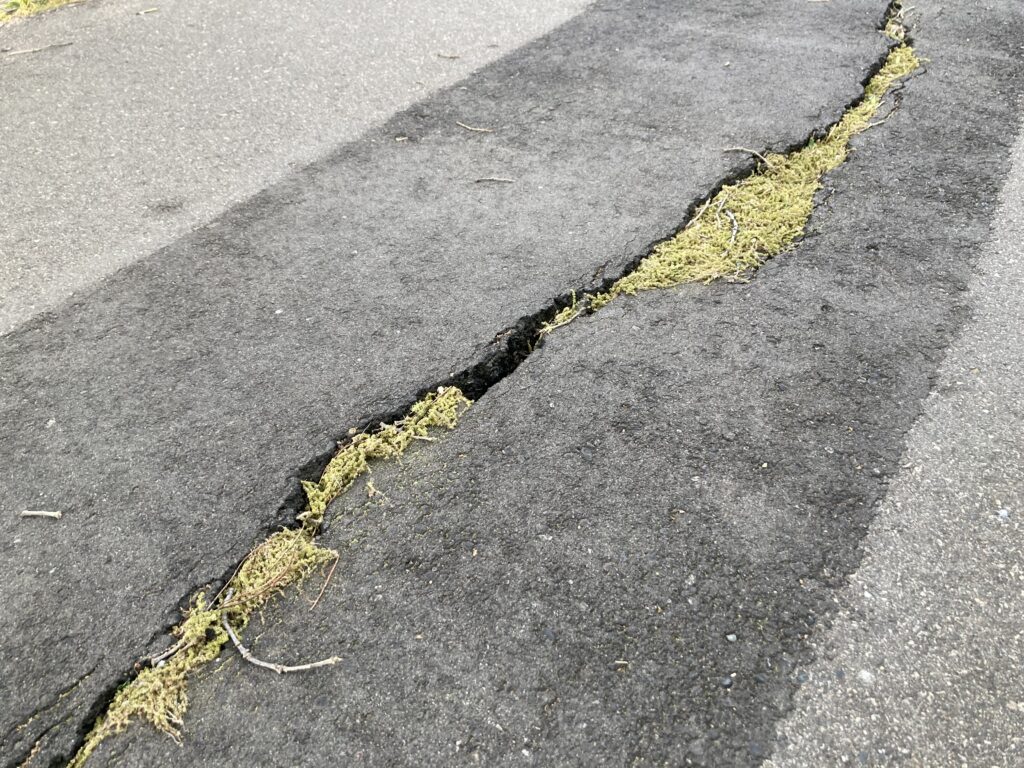3.3 miles
locks and dam no. 1
48 degrees
Still not as warm as last week, but great weather! Sunny, calm, a slight chill so I didn’t overheat. There were stretches on the trail, at least during the first mile, when there were no cars or people, only quiet. Just before reaching under the ford bridge, I decided to turn off on the dirt trail that goes through a small woods beside the bridge. I’ve never taken it, but always wondered how it went — I already knew where it went: up to the trail beside ford that descends to locks and dam parking lot. I didn’t get lost, but was a bit uncertain as to where to go as the trail wound through trees and tall grass and huge chunks of abandoned asphalt or concrete.
another moment: not when you’re lost, but just after you realize you don’t know where you are and just before you locate yourself, or accept and embrace being lost.
Emerging from the woods, I took off my sweatshirt and put in my “Moment” playlist before descending the hill and heading back north.
Listened to:
“Learning to Fly”/ Pink Floyd — I remember liking it, and thinking it was fitting for the theme, but I can’t remember why. I’ll have to listen to it again.
“Between the Devil and Deep Blue Sea”/ Ella Fitzgerald — thought about the moment when you’re faced with a difficult, impossible decision — “Sophie’s Choice” came into my head and I thought about this fall and how I almost had to make one of those impossible decisions over which of my kids to save.
“Threshold” / Steve Miller — This is the opening to another Steve Miller song, or they’ve been mashed together like, We Will Rock You and We are the Champions. The song, Jet Airliner. It was strange to be listening to Threshold and anticipating the opening of Jet Airliner.
“The Moment”/ Tame Impala. Favorite line, I fell in love with the sound of my heels on the wooden floor
“Iris”/ Goo Goo Dolls — RJP’s suggested this one. Very 90s. RJP mentioned that it transports her back to a rough place. I thought about her as I listened to the lyrics and I recalled a 90s song that did that to me: “I Can’t Make You Love Me” / Bonnie Raite.
After I finished my run, I heard, “Vienna”/ Billy Joel, “Rut”/ Wimps, and “Before He Cheats”/ Carrie Underwood. So glad I added “Rut” — never heard of it, but it fits nicely with my theme.
10 Things
- a huge trunk of a tree in the woods — hollowed out, having fallen some time ago, empty of any roots or dirt or even bugs
- a slab of concrete or asphalt that used to be part of the road or a trail, half buried in dirt in the woods
- voices in the gorge — the coxswain and a rower or two
- a white pick-up truck turning into the locks and dam no. 1 parking lot then backing up, turning around, and leaving
- the sound of water falling softly, or wind through the leaves, or both
- persistent (or insistent?) movement out of the corner of my eye — a runner across the road, running in the grass
- approaching 2 runners taking up too much of the path as a biker sped towards us — me having to run through the middle of them, squeezing my shoulders tight to fit — the woman seemed to huff, as if annoyed that I was crowding her — did I imagine that last bit?
- filled bench, 1: a person sitting
- filled bench, 2: a person standing next to a bike — I got the feeling they seemed uncertain but I’m not sure why I thought that — how could I see that, I was moving so fast?
- 2 people standing in the middle of the walking trail, looking at their phone — were they confused? lost?
also noticed: a roller skier, a song coming out of someone’s radio, 2 people walking with a dog in the grass that’s across the river road from the double bridge, many runners, port-a-potties and orange cones from yesterday’s race
another moment: Distracted from passing another runner and listening to my playlist, I lost some moments — the moments between the 44th street parking lot and the folwell bench. I can’t recall running them. I remember thinking that I didn’t remember right as it was happening.
moment — some wanderings
“You can never even say what happened, because what happened is rarely said, but it occurs among the glasses with water and lemon in them. And so you can’t say what happened but you can talk about the glasses or the lemon. And that something is in between all that” (Marie Howe).
The other day, I asked FWA why he didn’t talk to his therapist about not wanting to go on a trip before it was too late, and he said I didn’t know I didn’t want to go. I couldn’t put into words what I was feeling. I responded: instead of trying to find the words, why not describe what you are actually doing, or not doing, in your every day life, and he’ll figure out that something is wrong.
The idea of describing the things — habits or lemons or glasses — when you can’t describe what’s happening, seems similar, but not the same, to via negativa. Maybe the other side of it?
Instead of finding meaning by describing what is not there, or what you don’t know (via negativa), you’re determining the meaning of the unknown/absent by what frames it, or surrounds it, or shows evidence of its absence, or its hidden presence.
For more on via negativa, see 7 sept 2023.
I’m thinking of a moment as something out of the ordinary, or something so ordinary it’s exceptional, happening, and instead of being framed by beats (or ticks of the clock) like a minute is, it’s framed by objects or actions of everyday life.
note for post-run Sara: think about the idea of the moment in relation to Mary Oliver’s eternal time.



